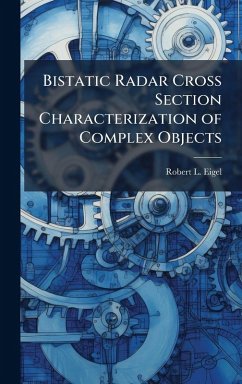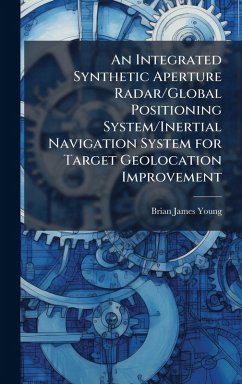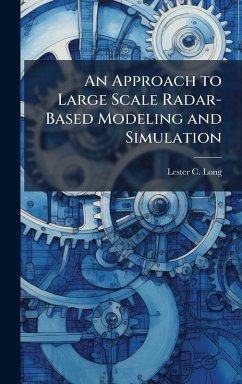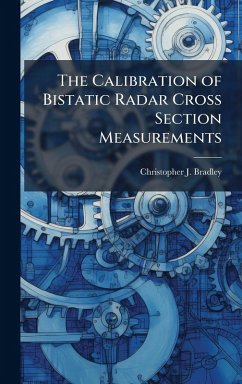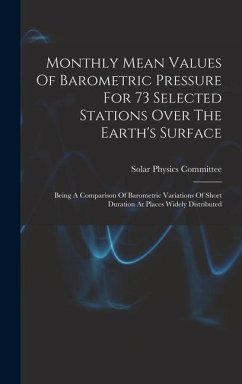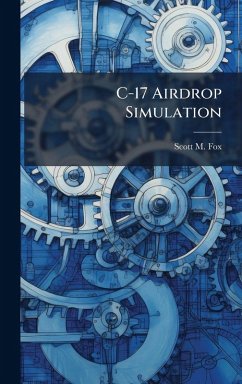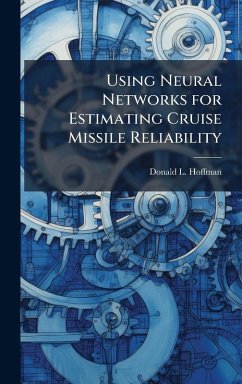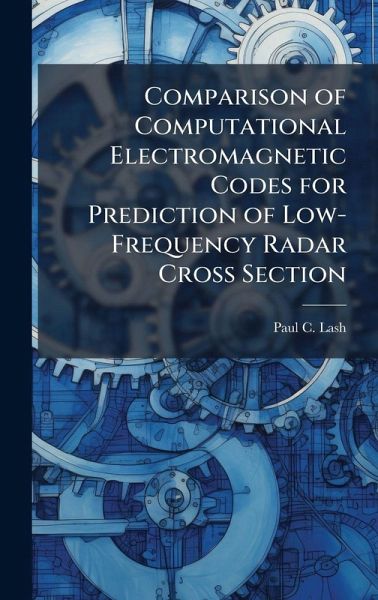
Comparison of Computational Electromagnetic Codes for Prediction of Low-Frequency Radar Cross Section
Versandkostenfrei!
Versandfertig in über 4 Wochen
30,99 €
inkl. MwSt.
Weitere Ausgaben:

PAYBACK Punkte
15 °P sammeln!
Radar cross section (RCS) prediction of full-scale aircraft is of interest to military planners for a variety of applications. Several computational electromagnetic codes for RCS prediction are available with differing features and capabilities. The goal of this research is to compare the capabilities of three computational electromagnetic codes for use in production of RCS signature assessments at low frequencies in terms of performance, accuracy, and features: Fast Illinois Solver Code (FISC), Code for Analysis of Radiators on Lossy Surfaces (CARLOS-3D), and Science Applications Internationa...
Radar cross section (RCS) prediction of full-scale aircraft is of interest to military planners for a variety of applications. Several computational electromagnetic codes for RCS prediction are available with differing features and capabilities. The goal of this research is to compare the capabilities of three computational electromagnetic codes for use in production of RCS signature assessments at low frequencies in terms of performance, accuracy, and features: Fast Illinois Solver Code (FISC), Code for Analysis of Radiators on Lossy Surfaces (CARLOS-3D), and Science Applications International Corporation Full-wave solver (SAF). The comparison is accomplished through analysis of predicted and measured RCS of several canonical and simple objects and a complex target comprised of these constituent objects. In addition to RCS accuracy, memory requirements and computation time are key considerations for this code comparison. Verification of code performance in memory and processing time based on varying levels of unknowns is performed. This work has been selected by scholars as being culturally important, and is part of the knowledge base of civilization as we know it. This work was reproduced from the original artifact, and remains as true to the original work as possible. Therefore, you will see the original copyright references, library stamps (as most of these works have been housed in our most important libraries around the world), and other notations in the work. This work is in the public domain in the United States of America, and possibly other nations. Within the United States, you may freely copy and distribute this work, as no entity (individual or corporate) has a copyright on the body of the work. As a reproduction of a historical artifact, this work may contain missing or blurred pages, poor pictures, errant marks, etc. Scholars believe, and we concur, that this work is important enough to be preserved, reproduced, and made generally available to the public. We appreciate your support of the preservation process, and thank you for being an important part of keeping this knowledge alive and relevant.



